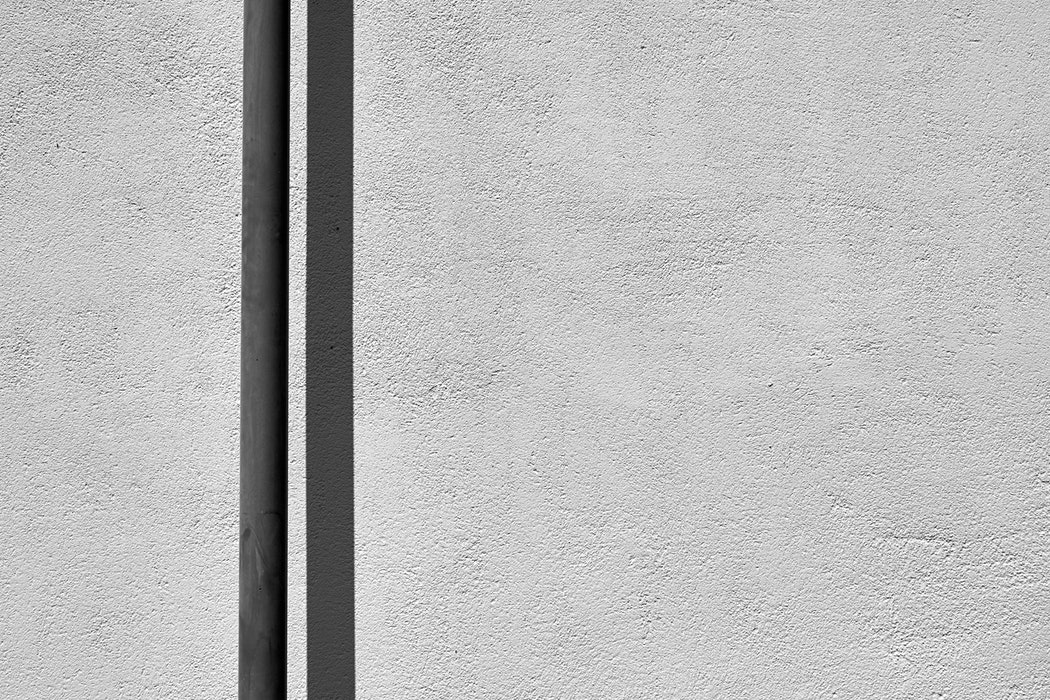 Are you a homeowner? Have you ever thought of how to install a kitchen sink drain pipe? The reasons for changing drain pipes located under your kitchen sink are not that many. However, one of the most common situations where you might find yourself replacing a kitchen sink drain pipe is during kitchen renovation.
Are you a homeowner? Have you ever thought of how to install a kitchen sink drain pipe? The reasons for changing drain pipes located under your kitchen sink are not that many. However, one of the most common situations where you might find yourself replacing a kitchen sink drain pipe is during kitchen renovation.
Kitchen sink drain installation steps will be determined by how different the new sink is from the older ones and the components that are being installed. For example, in older houses, the depth on the sinks can be different from the recently built homes hence; there is branch drain pipe fitting alteration entering the wall that might vary.
Here is a guide on how to install a kitchen sink drain pipe.
Contents
Materials Required
Before we get to know the right procedure on installing a kitchen sink drain pipe, it is important that we know the type of materials that will be required.
- Plumber’s putty
- Kitchen drain trap kit
- Channel type pliers
- Tape measure
- Hacksaw or PVC tubing cutter
Procedure: How to Install a Kitchen Sink Drain Pipe
- The deep basin sinks are very stylish and handy. However, they are known to take up more room under the countertop and they might require one to lower the drain fitting that is in the wall in order to match the sink drain lower height. Before you decide to purchase a new kitchen sink, it is advisable that you first check the trap arm height on the older sink from the cabinet base or floor.
- Take measurements to the trap arm center. In case the height is more than 16 inches, you will find that the new sink will have problems in getting the right downward slope for the trap arm that enters the drain fitting inside the wall.
- This is true if the sink you are installing will have deeper basins or if you will be installing garbage disposal for the first time. In case the measurement is 12-13 inches from the bottom to the trap arm, then chances of you experiencing problems are minimal.
- By knowing the existing drain height, you will be ready for the possibility that you will have to lower the outlet of the drain in the wall as part of the of the new sink drain hookup.
If Possible, have the drain lowered
- In case you discover that the available drain opening is now that low to be in a position to accommodate the new sink depth, you or an expert will have to open the wall and reduce the sanitary tee position that connects to the branch drain.
- However, this can be a very complicated task that will require one to cut away the cabinets back and the surface of the wall. For example, the new deeper sink will leave limited room for connecting the standard drain assembly to the drain outlet in the wall.
Hence the sanitary tee fitting will be lowered. It is also important that you keep in mind the height of the drain that needs to leave enough space to remove the trap and have it cleaned whenever it is necessary. - In case you decide to lower the sanitary tee in the branch drain, it is always advisable that you wait till the other drain parts are test fitted before securing and gluing the fittings permanently. When you leave the fittings loose, you will make room for adjustments.
- Before you proceed to the next steps, you need to have the sink installed. In our case, we will be installing a double basin sin which will have garbage disposal fit into one basin.
Have the Strainer and the Garbage Disposal Installed
- You will have to install the garbage disposal and the basket strainer. Ensure that the garbage disposal is installed onto the right side of the sink since this will always take most space. Install the strainer on the other basin.
- This is the right time to have any other under sink component like the hot water dispenser or water filter installed.
Have the Continuous Waste Pipe Connected
- The continuous waste pipe is usually used with the double basin sinks in order to connect the two drain openings before they get fed into the drain trap.
On the sinks where one of the basins will hold a garbage disposal, the continuous waste pipe arm will connect to the disposal outlet. Ensure the continuous waste pipe is held up to the two drain ends and take right measurements before you cut the horizontal arm to right length. - In case you have a garbage disposal, the measurement will be between the drain outlet and the sink strainer on the disposal.
However, if you do not have disposal, you can just take measurements between the two drain openings. However, you don’t have to underestimate the length since the fittings will have to be tight. It is always possible for you to trim down the pipe in case it is cut long.
Ensure the pieces are assembled in the following order:
- Have the vertical tailpiece installed onto the sink strainer first. Then have it secured using a slip nut that is slipped over the tail piece and threaded to the sink strainer bottom.
- Slide the beveled slip washer and slip nut over the continuous waste arm straight end and thereafter slide the arm’s end into the drain tee fitting outlet. Fit the slip washer and the slip nut on the garbage disposal waste outlet pipe and fit the outlet pipe end down to the continuous waste arm curved end.
- If necessary, you can consider changing the pieces. Ensure that the continuous waste arm is positioned on a slight downward pitch towards the tree fitting.
- Have the slip nuts secured with the channel type pliers. However, this will not have to be over tight since the plastic threads can easily get damaged when you apply excess force.
Connect the Drain Trap
- The drain trap comprises of a J-shaped trap arm and U-shaped traps bend. The J-shaped tram arm extends into the sanitary tee fitting at the wall while the U-shaped piece will fit onto the vertical tailpiece bottom.
- Have both the trap arm and the trap bend assembled together using a slip nut. Slide the beveled slip washer and the slip nut onto the trap arms straight end.
- Have the trap bend slide up into the tee fitting on the sink drain as you slide the trap arm into the sanitary tee fitting at the wall.
- Change is required to have the most direct path from the sink to the wall tee created. Ensure that the trap arm has a slight downward angle heading towards the wall tee.
- Ensure all the slip nuts are tightened using channel type pliers. . However, you need to be very keen not to over tighten.
- In case you have installed the new drain tee into the wall, it is now time for you to ensure that all the joints are permanent and secured.
- Lastly try running the water to check for leaks. In case of any leaks, tighten up and fill up the sink giving it a good volume test.
Conclusion
Most DIY plumbers know how to install a kitchen sink drain pipe. However, only few of them are able to use the right procedure and have the right materials. In this guide, will enlighten any interested DIY plumber to know what type of materials will be required and the right procedure to use.
